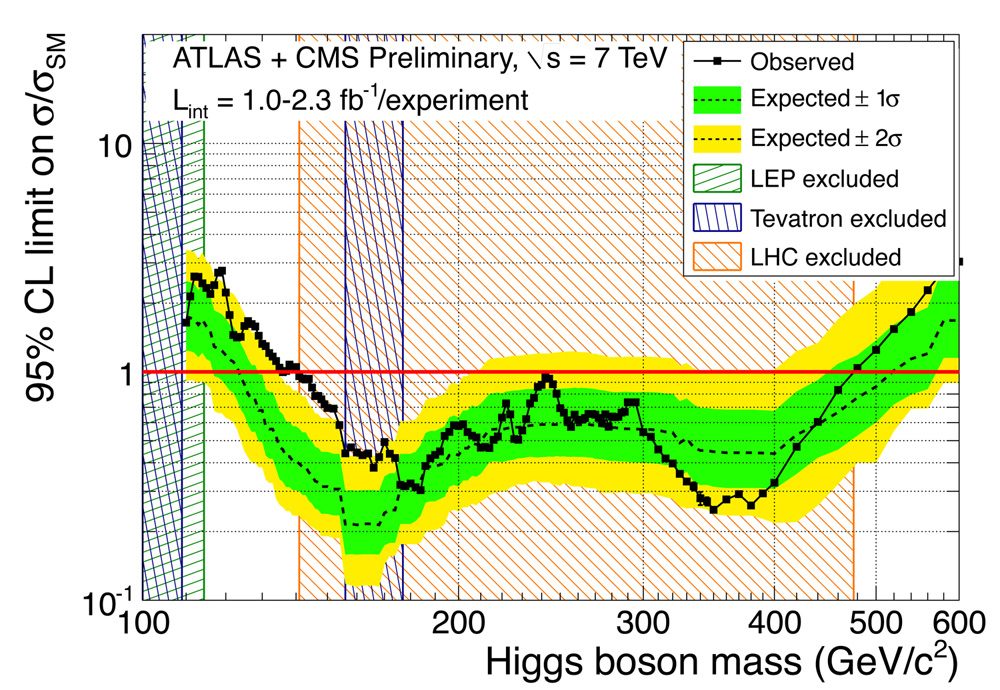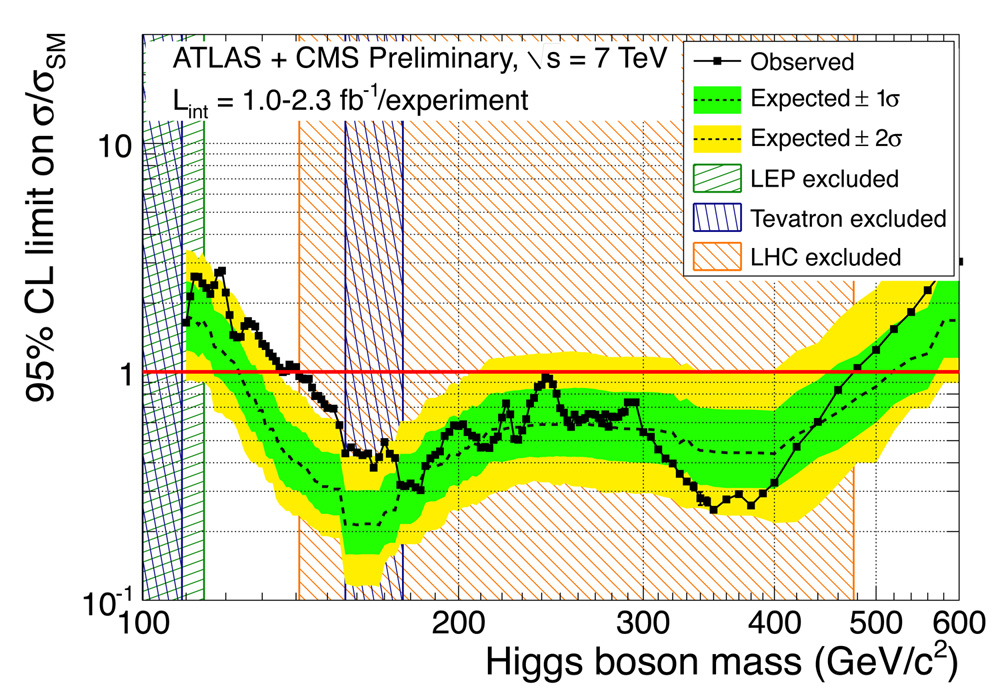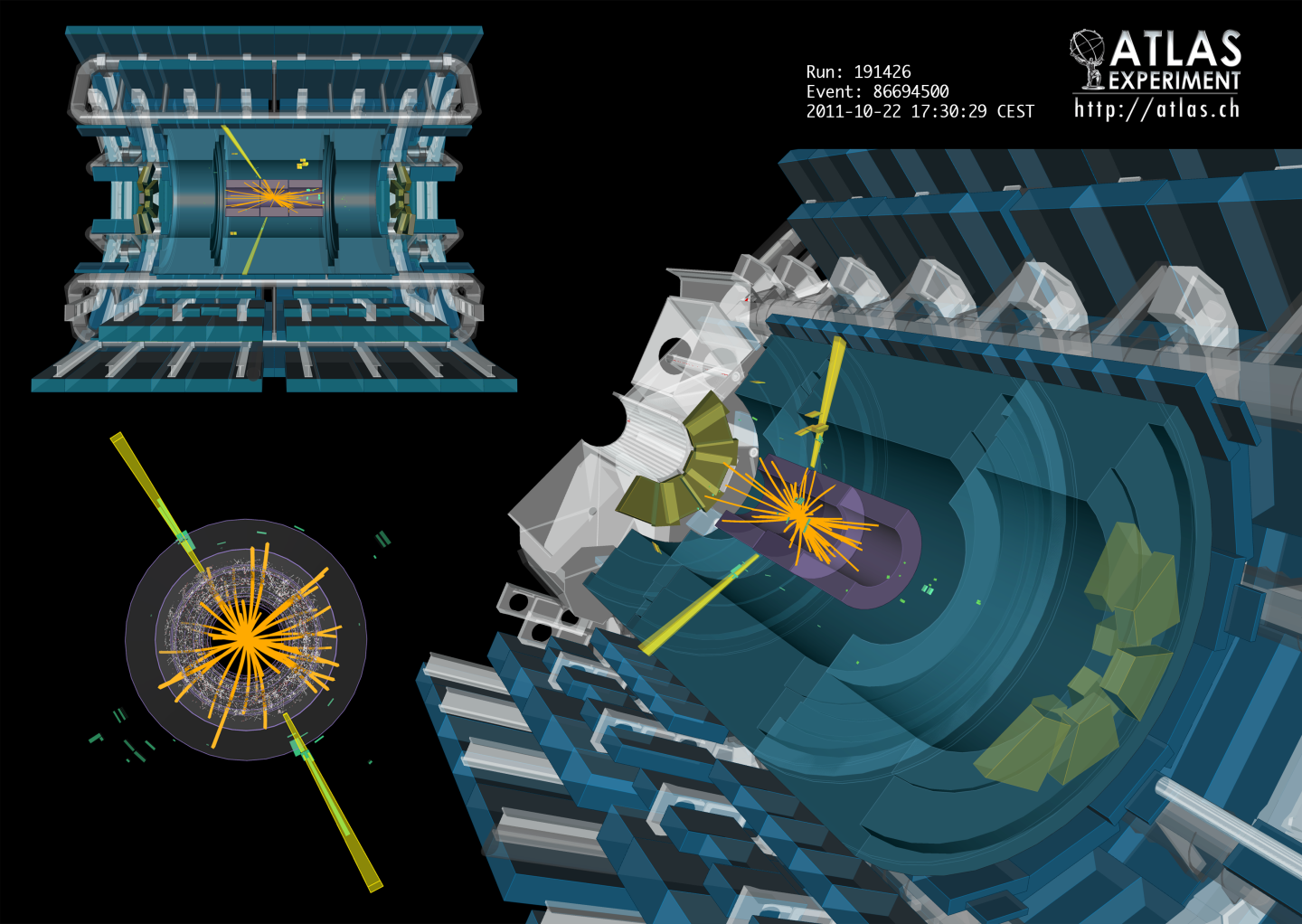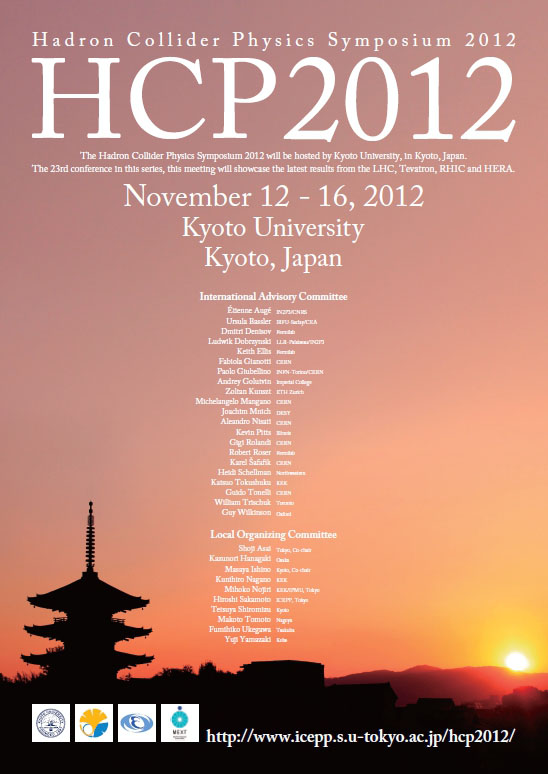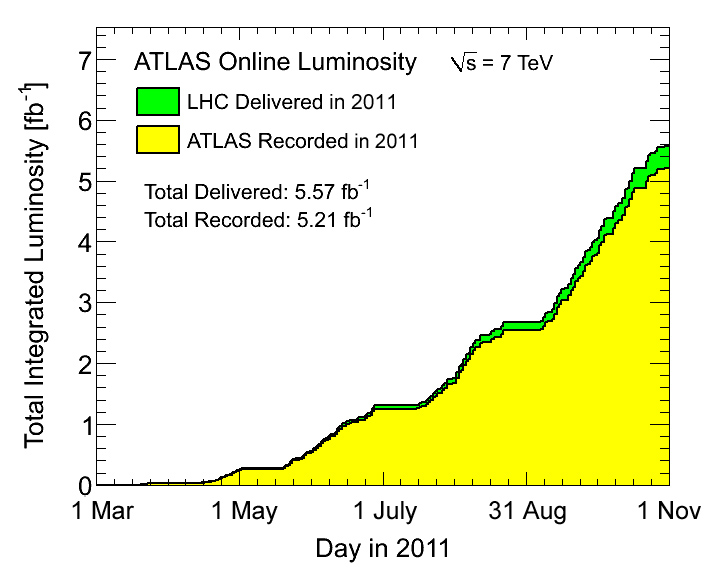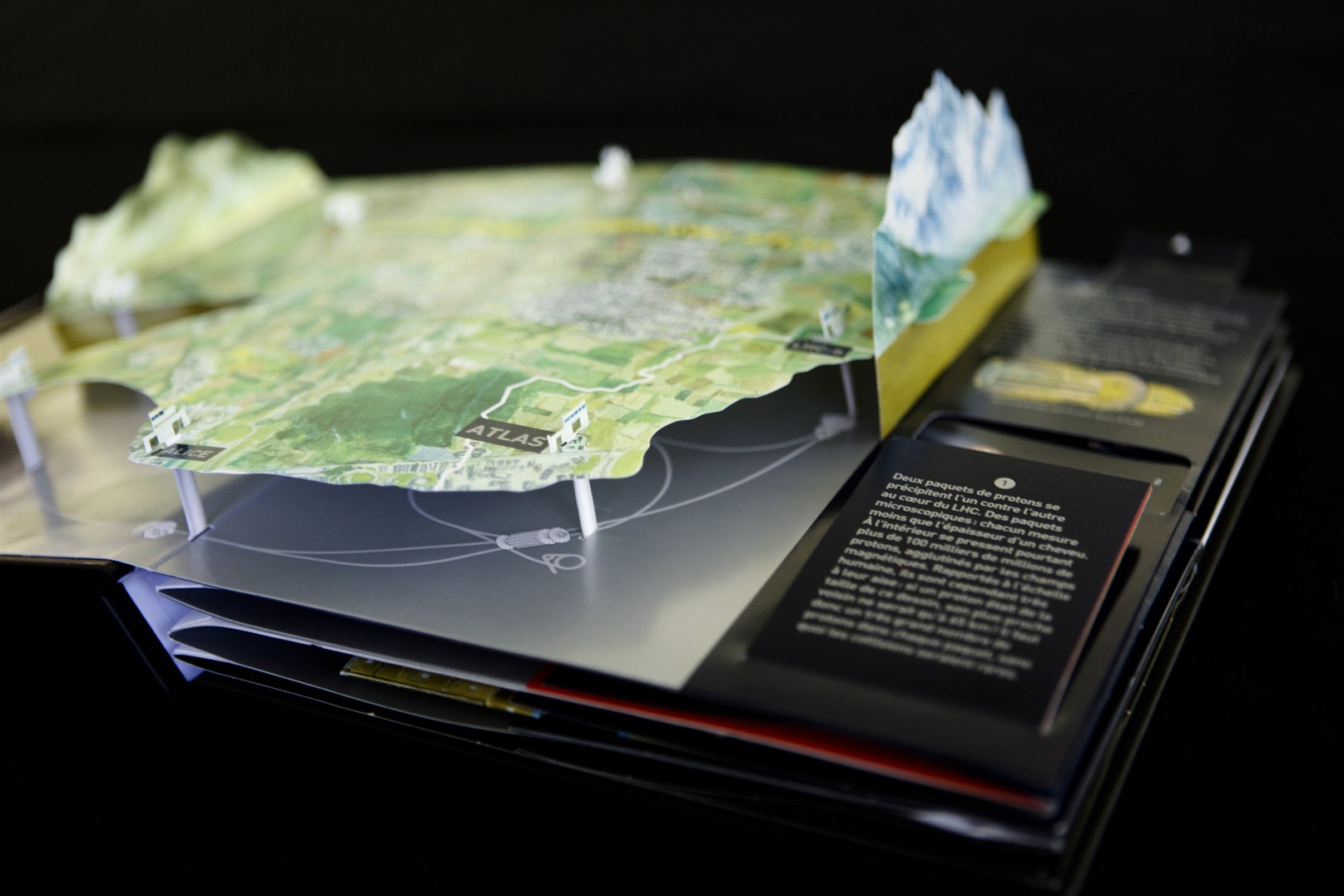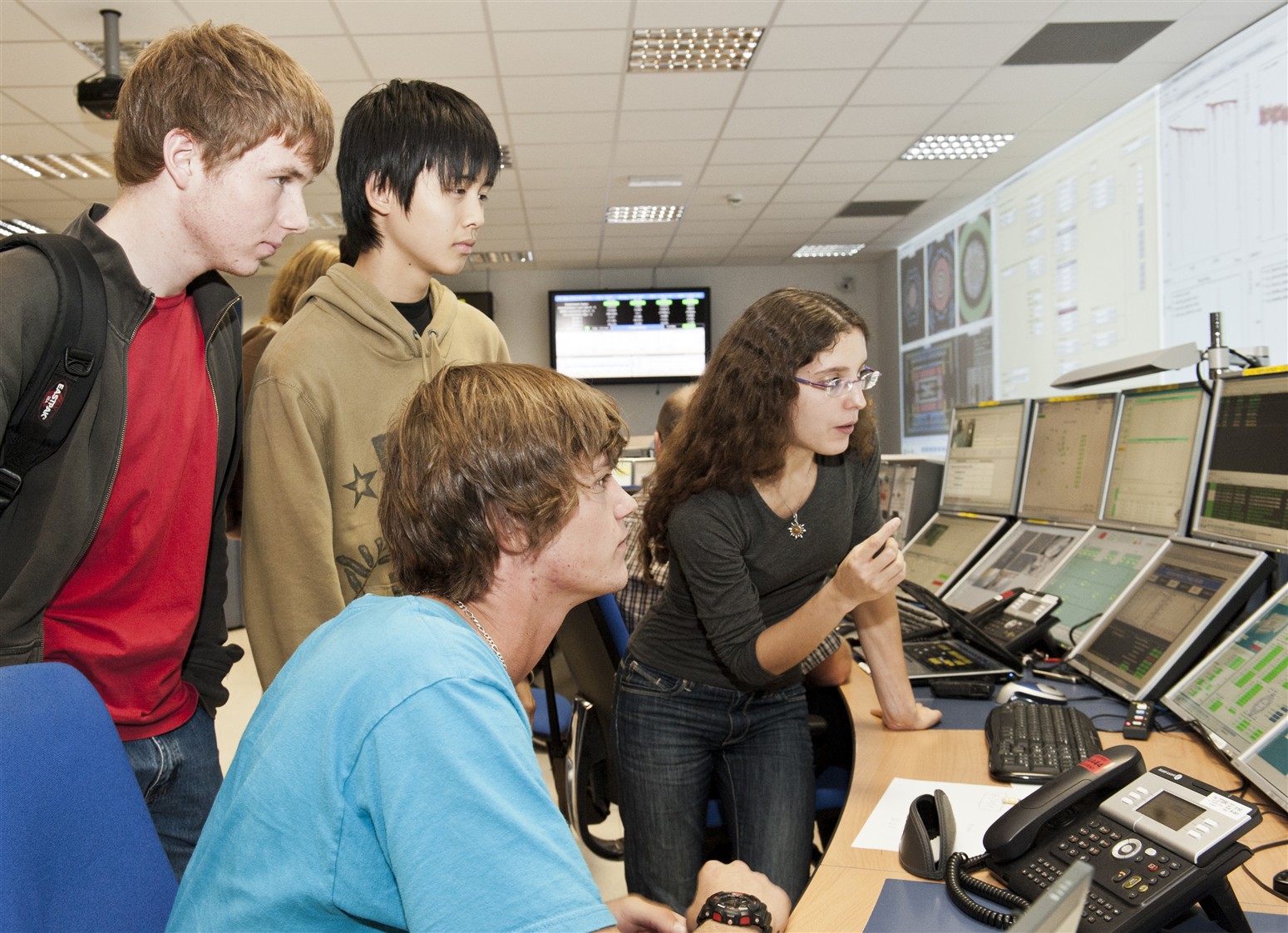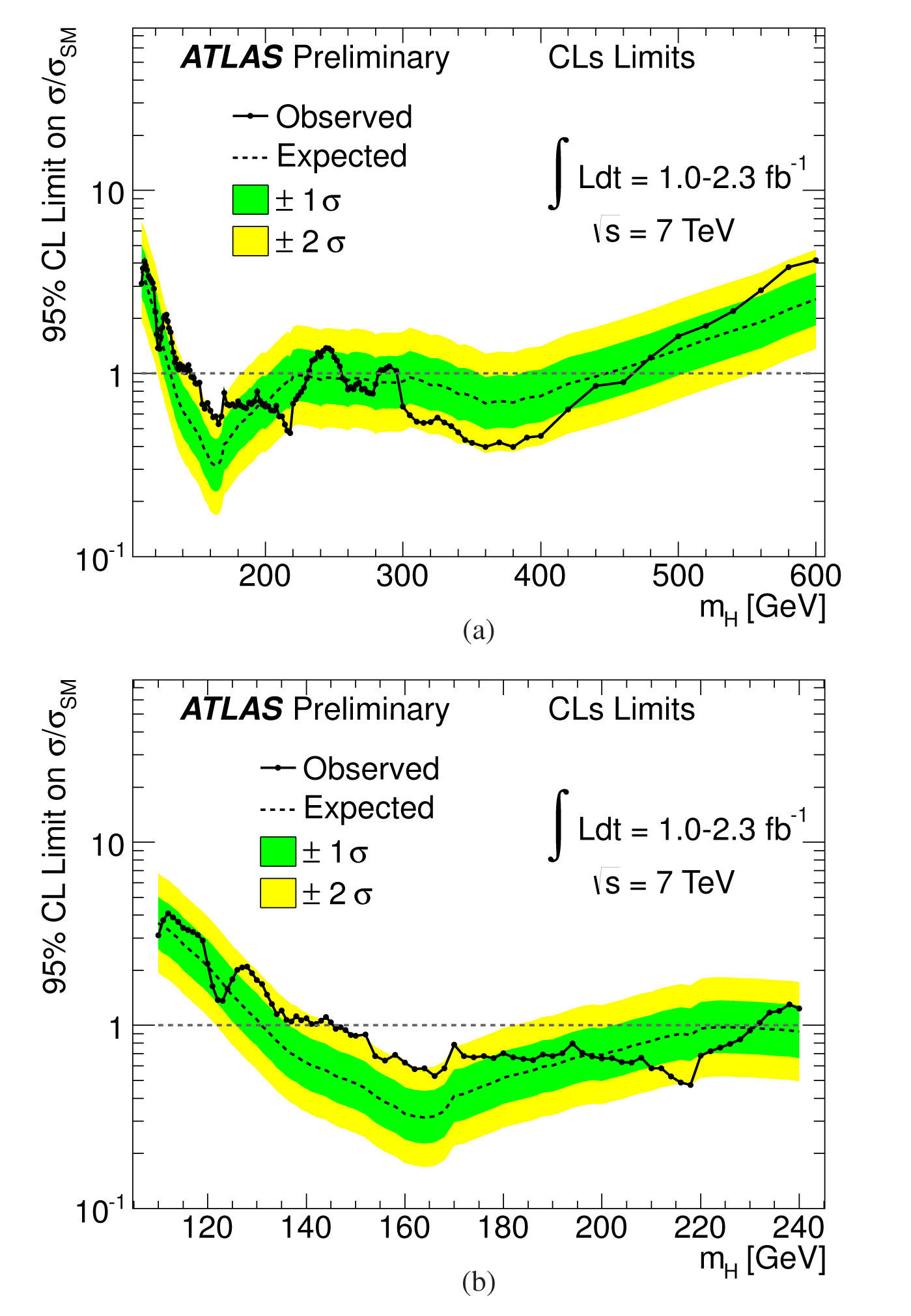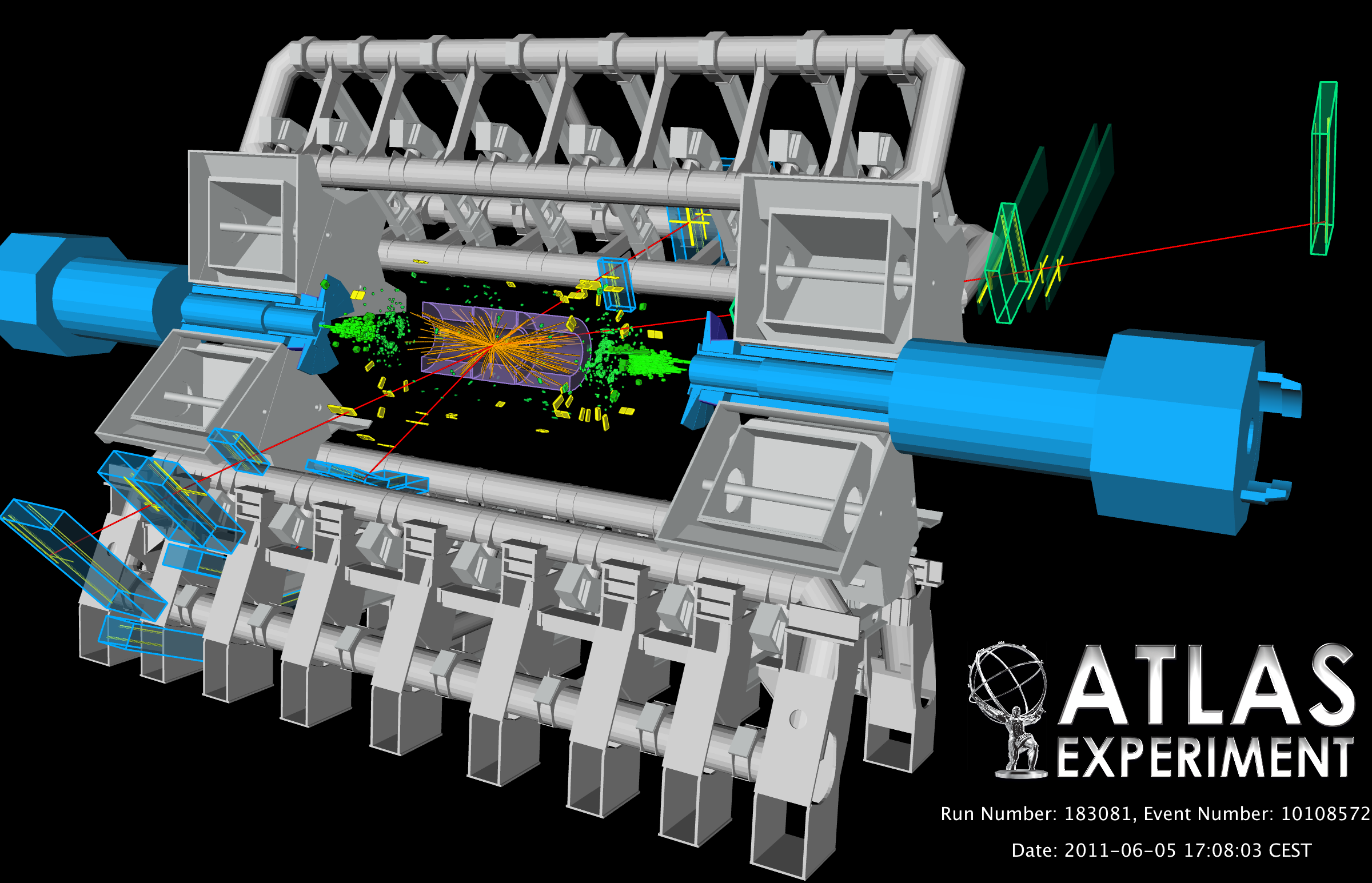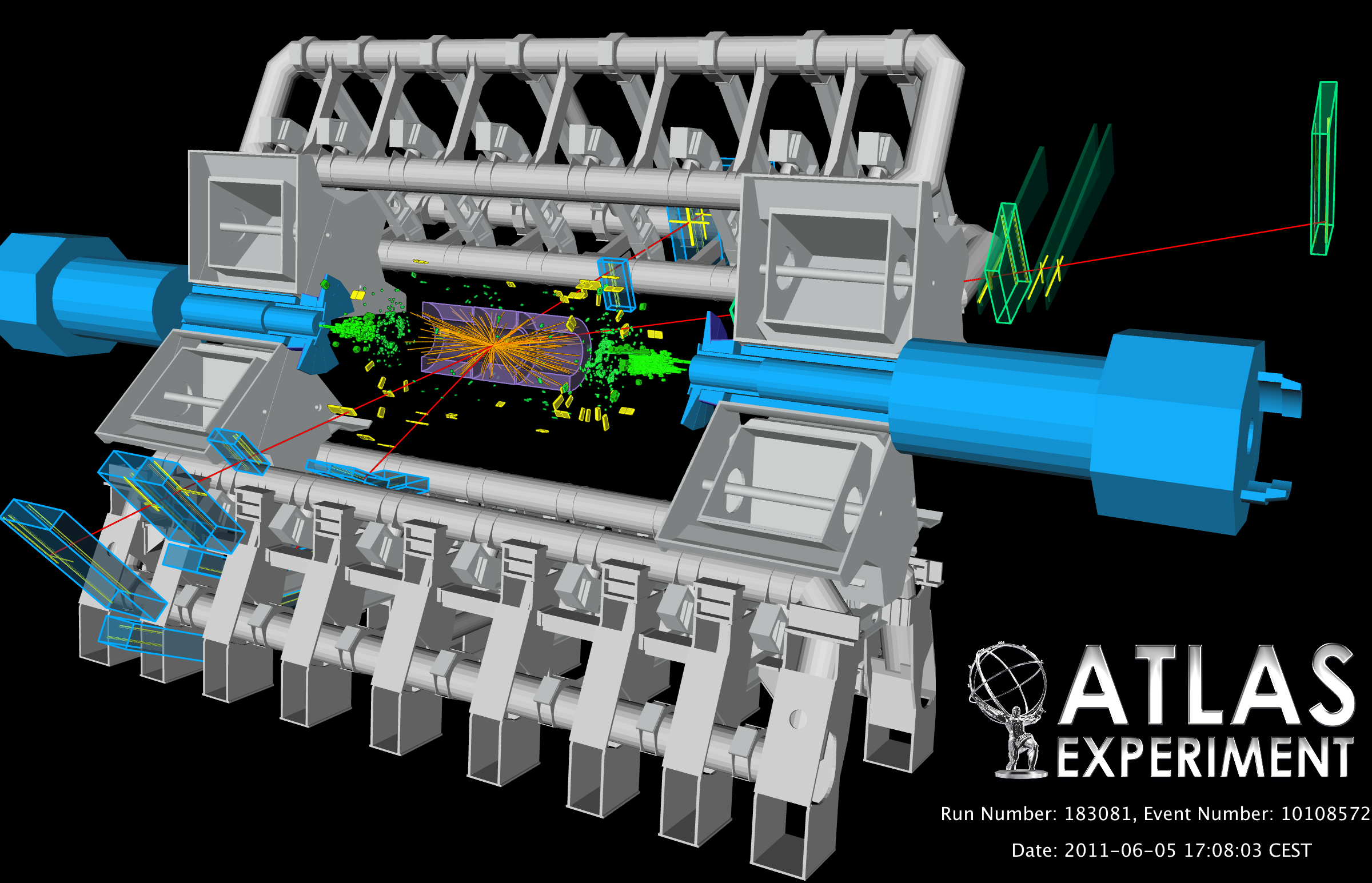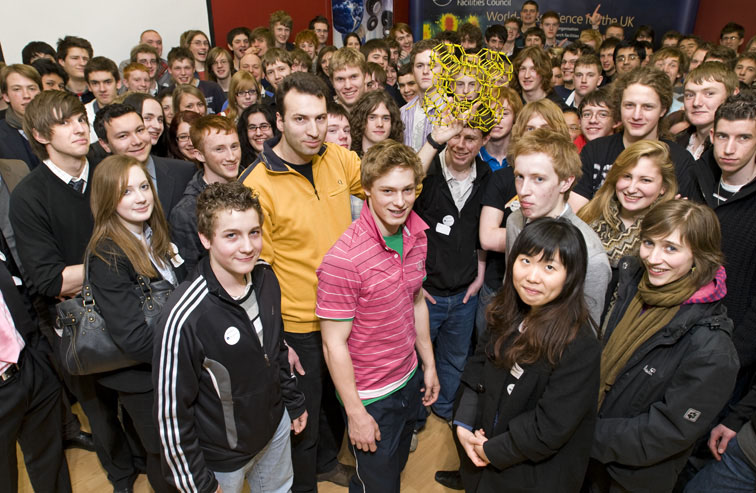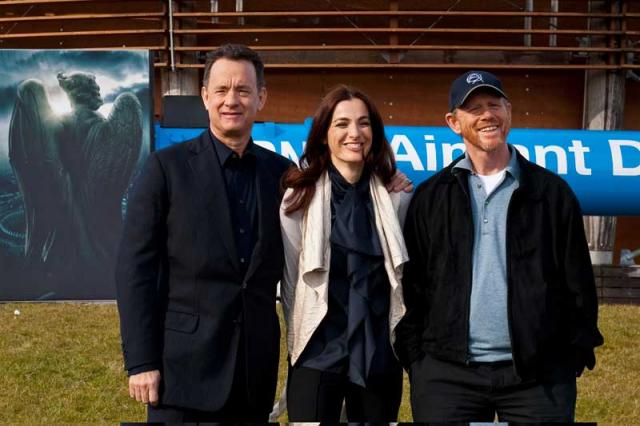News
The ATLAS and CMS combination of Higgs search results
The Higgs Boson is the only missing piece in the Standard Model of particle physics and its search is undoubtedly one of the most important searches in the history of physics. The Higgs boson is the generator of all elementary particle masses in nature. The mass of the Higgs boson itself is unknown, and before the LHC it was searched for in previous experiments but not found. LHC experiments have produced excellent results since the start of the data taking. In ATLAS and CMS a discussion was initiated about a year ago to combine the Higgs search results from both experiments. The framework and the procedure to combine results had to be defined and agreed upon before the combined analysis could proceed.
News |
What if there is no Higgs boson?
Physicists are confident they will soon be able to answer a fundamental question at the LHC: how do particles acquire mass? The simplest answer, the one given in the Standard Model of the fundamental particles, is that a single particle, the Higgs boson, endows the other particles and itself with mass. The Higgs boson does this by means of the "Higgs mechanism", which involves breaking a symmetry that would leave all Standard Model particles massless if it were not broken. However the Higgs boson is not the only way the Higgs mechanism might work.
News |
ATLAS and CMS combine summer '11 search limits on the Standard Model Higgs
Perhaps the most anticipated result of the LHC involves the search for the Higgs boson, the only particle predicted by the Standard Model (SM) that has not yet been seen by experiments. The Higgs boson helps explain how elementary particles acquire mass. If the SM Higgs boson exists it will be produced at the LHC and swiftly decay into various known and well-studied particles, with the dominant decay products depending on the actual Higgs mass. ATLAS and CMS search for the SM Higgs boson using a range of decay products: two photons; two tau leptons; two b quarks; two W bosons; and two Z bosons. Analysing all these channels ensures that the search is sensitive to observing the Higgs irrespective of its mass.
News |
ATLAS reveals latest results at HCP11
The ATLAS Experiment presented its latest results at the Hadron Collider Physics Symposium 2011 in Paris, France (14-18 November). Many of the most recent searches and analyses are based on more than double the data available at the last big conference in August.
News |
ATLAS au pays du Soleil levant pour HCP 2012
Du 12 au 16 novembre, plus de 250 physiciens des particules se réuniront à Kyoto, au Japon, pour partager leurs plus récents résultats. L'une des conférences internationales de physique des particules les plus prisées de l'année, le Hadron Collider Physics Symposium 2012 (HCP 2012), aura lieu, cette année, au pays du Soleil levant.
News |
ATLAS reaches milestone: 5 inverse femtobarns of data!
In an amazing year that has exceeded our expectations, the Large Hadron Collider has delivered, and ATLAS has recorded, over 5 inverse femtobarns (fb-1) of collisions. These units correspond to having 3.4 x 1014 or 340 000 000 000 000 total collisions. Most analyses presented at the last major conference (the Lepton Photon Symposium in August in Mumbai) made use of about 1 fb-1, so this is a big jump.
News |
Le Pop-Up d'ATLAS à Paris!
L'édition francophone de Voyage au Cœur de la Matière sortira le 25 octobre à Paris aux Editions Verlhac (diffusion Seuil). Ce livre animé dévoile une grande aventure scientifique moderne : l'extraordinaire quête menée par l'expérience ATLAS pour comprendre notre Univers.
News |
ATLAS goes Pop in Paris!
A new French edition of the ATLAS pop-up book, Voyage au Cœur de la Matière (Voyage to the Heart of Matter), will be officially launched from the exhibition Entrée en Matière at Paris' Trocadéro on Tuesday, October 25th.
News |
Moonlighting as a Physicist
There was a lively buzz about the ATLAS Control Room last Friday night, September 23rd, as local high school students descended to get a closer look at just exactly what goes on at the front line of particle physics.
News |
ATLAS advances in the search for the Higgs and New Physics
The ATLAS experiment has continued to record data and to refine the analyses in the search for the Higgs boson and many other exciting signatures of new physics. The latest results are being presented at the Lepton Photon 2011 symposium in Mumbai, India, 22-27 August 2011. Since the previous meeting (the European Physical Society — EPS, Grenoble, France, 21-27 July 2011), the LHC has almost doubled the data provided to ATLAS.
News |
ATLAS at Lepton-Photon 2011, Mumbai
The ATLAS Collaboration is pleased to be presenting its latest results at the Lepton Photon 2011 conference in Mumbai 22-27 August 2011.
ATLAS Presents New Results at Lepton Photon 2011
The ATLAS Collaboration is pleased to be presenting its latest results at the Lepton Photon 2011 conference in Mumbai 22-27 August 2011.
News |
ATLAS results revealed at EPS HEP 2011 conference in Grenoble
Many members of the ATLAS Experiment Collaboration have been at the European Physical Society's HEP 2011 conference in Grenoble, France, this week, revealing the results of 35 new and exciting physics analyses for the very first time.
News |
A Search for New Physics Processes using Dijet Events
The ATLAS Experiment has extended the energy frontier of searches for new particles and new processes beyond those of the Standard Model by studying collision events with so-called "dijets".
News |
Is Nature Supersymmetric?
String Theory predicts a new symmetry, called "supersymmetry", that could shed light on some of today's mysteries of fundamental particles and interactions. In supersymmetry, every particle-type should have a "shadow" particle called a super-partner that (in general) has a much higher mass. The ATLAS Experiment has analyzed the first year of its LHC data and searched for evidence of these super-partners of ordinary matter.
News |
ATLAS Experiment Reports Its First Physics Results from the LHC
The first physics results from the ATLAS Experiment with proton-proton collisions at an energy of 0.9 TeV in late 2009 have now been accepted for publication in the journal Physics Letters B.
News |
More collisions at 2.36 TeV
This early morning Dec.14 at 2.40, after a 8 minutes ramp, the energy of the two LHC beams has been brought up to 1.18 TeV again.
News |
First collisions in ATLAS
A few days ago, loud cheers and happy faces filled the ATLAS Control Room while the whole detector lit up: protons are back at the experiment's door, and everybody forgot in a second the long year of waiting for the Large Hadron Collider (LHC) to resume operation.
News |
LHC beams and events back in ATLAS
Loud cheers and happy faces fill the ATLAS Control Room while the whole detector lights up: protons are back today at the experiment's door, and everybody forgets in a second the long year of waiting for the Large Hadron Collider (LHC) to resume operation.
News |
ATLAS Preparing for Collisions in Late-2009
The most recent schedule envisions beam reaching ATLAS in late November with low-energy collisions shortly thereafter.
News |
Multimedia contest launched
A new multimedia contest has been set up to put talented young filmmakers and science communicators in touch with ATLAS.
News |
Higgs finds the Higgs at RAL
On Friday, March 13th, British high school student Jonathan Higgs discovered the elusive Higgs boson among the simulated particle tracks in Minerva – a special form of ATLAS' event display program, Atlantis, designed for students in the International Particle Physics Masterclasses.
News |
A comic takes on CERN
If you want insight into the lives of graduate students, look no further than Jorge Cham’s Piled Higher and Deeper comic series, detailing the trials and tribulations of earning a PhD. He brought his well-honed observational humour to CERN, meeting with a few graduate students and post-docs for a slice of life at the world’s largest physics experiment.
News |
A Wall ATLAS
Twenty-eight-year-old Josef Kristofoletti is a traveling artist. On the site documenting the work of his group, transitantenna.com, he writes: "I am taking a survey of American mural painting in all of its forms, looking for the best pictures across the land, and painting some along the way." One of these paintings is an image of the ATLAS detector, a 13 x 7 metre mural on the side of the Redux Contemporary Art Center in South Carolina, entitled "Angel of the Higgs Boson".
News |
Tinseltown pays us a visit
ATLAS got a little taste of Tinseltown on February 12th, as director Ron Howard, and actors Tom Hanks and Ayelet Zurer rolled into town to promote their new film – an adaption of Dan Brown’s bestseller Angels and Demons.
News |

